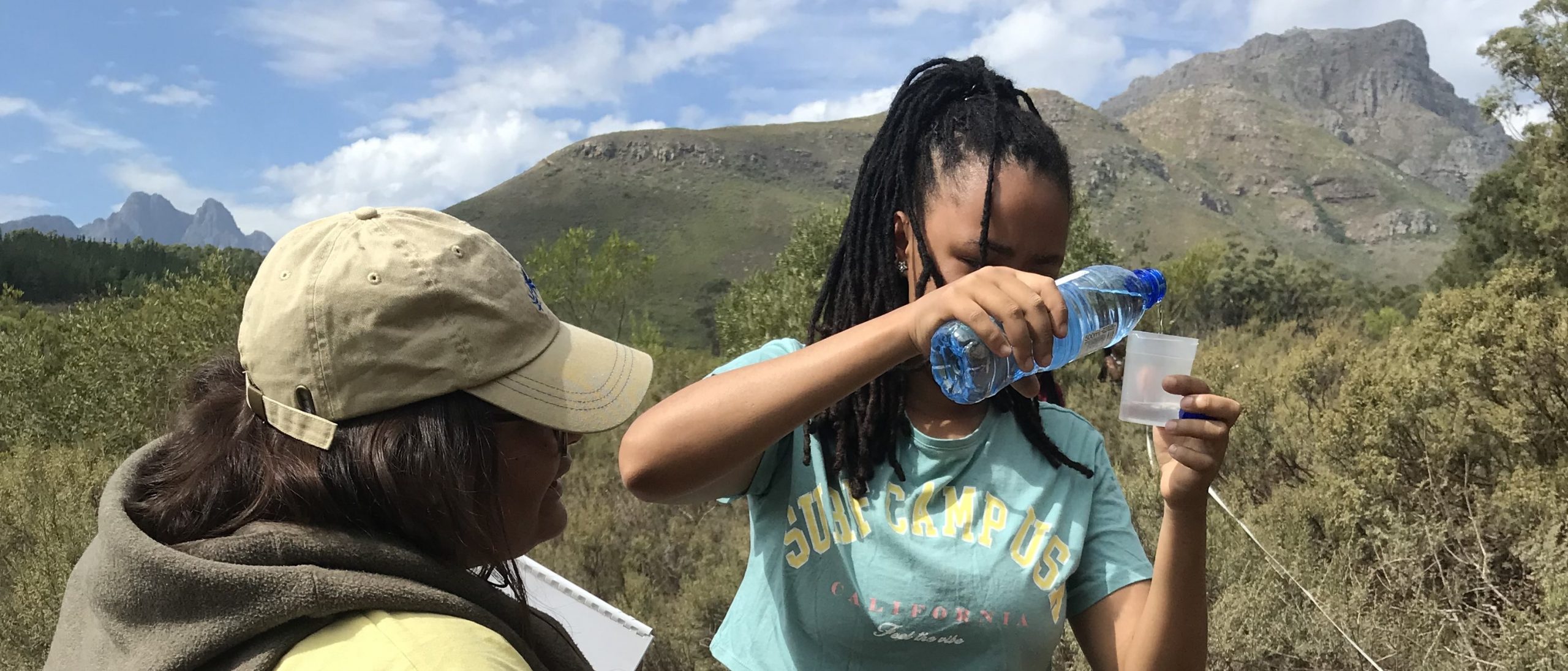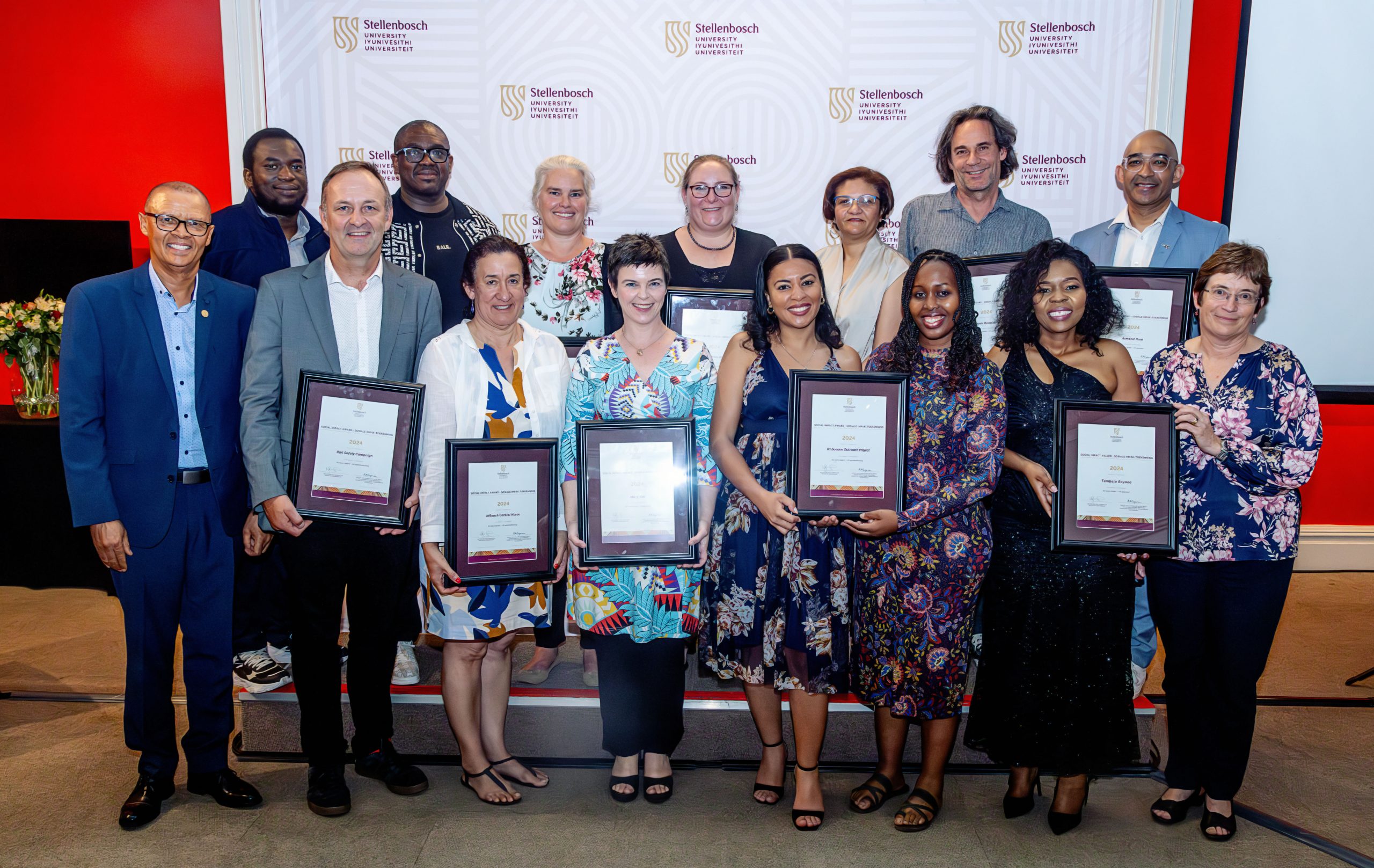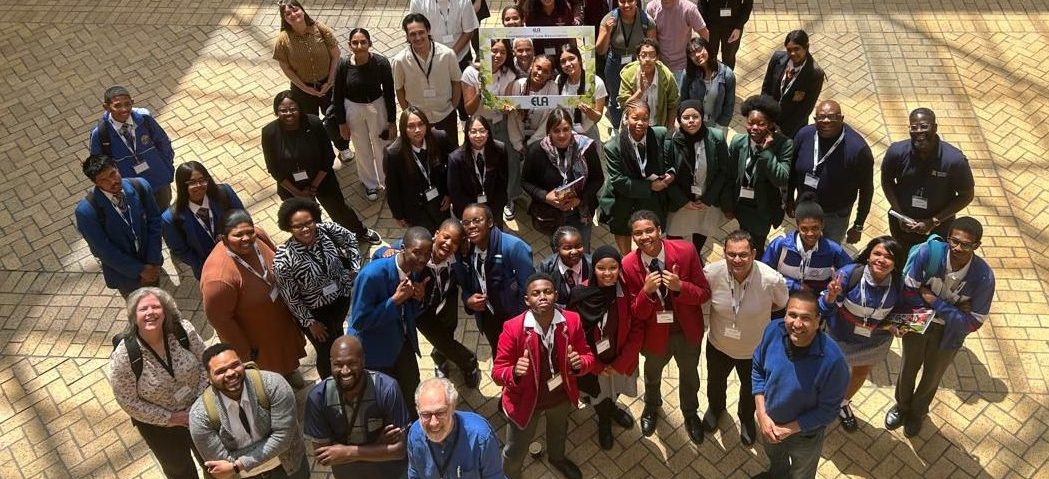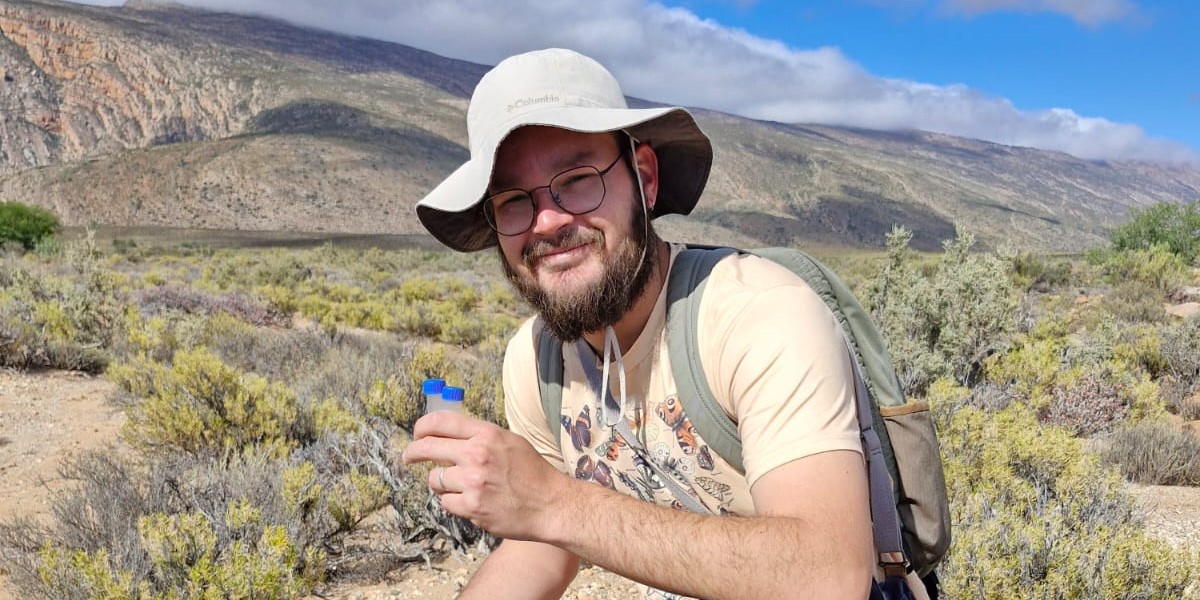Who is Iimbovane
Iimbovane is an education project that uses nature as a platform to help learners develop practical science skills and an appreciation for biodiversity.
Exploring science studies and student life – Curro learners’ SU experience
PGCE training: bridging the gap between biodiversity theory and practice
Celebrating impact: Iimbovane awarded SU Social Impact Award
Iimbovane showcases career opportunities at ELA Youth Empowerment Seminar
Our activities
Educator support
We support science educators through training events and the development of learning materials for the classroom.
Camps and day programmes for learners
We run camps and day programmes where learners explore biodiversity in various habitats through mini-research projects.
School-based lessons and field studies
Our team helps learners develop and practice scientific skills by using the scientific method to study the biodiversity in their school grounds.
Our impact
The beetle whisperer: Renier’s journey as entomologist
From high school participant in Iimbovane to environmental lawyer
Nurturing a passion for conservation education through experience
From Iimbovane learner to computer whizz
Science educator of the future
To work with a microscope was the best. I have never used one before. I know now how it is used!
Iimbovane is beneficial to Grade 10 learners as it ties in with the topic of biodiversity. It essentially shows biodiversity in action. Learners can be assessed on this topic by inserting it as a case study in an assignment or test or exam paper. It is also helpful in explaining the topic of classification as learners learn valuable skills of using scientific keys to identify ants, which can also be assessed in an assignment, test or exam.
Ek het geleer hoe om data te analiseer en hoe om ‘n presentation as ‘n groep op ‘n rekenaar op te stel.
I learned more about ants, which was something I did not really put to my attention. I just saw them as small and unimportant, but no, they are quite interesting and very important for the environment.
I learned today that there are 5 different ways of capturing different types of insects, most commonly insects captured were the ants. The 5 different ways were baiting, vacuum, sweep nets, beating and pitfalls. I also learned a plant’s name called ‘noem-noem’ and I saw for the first time a forest tree fern. I learned how to identify plant and invertebrate species.
Vandag het ons deur die woud gestap en ek het plante en bomme (blomme) se name en wetenskaplike name ontdek/geleer. Ek het vandag geleer hoe om ‘n mikroskoop te gebruik en om verskillende insekte te identifiseer.
Classification is a challenging concept in the Grade 7 curriculum. The workshop demystified the concept and process of classification by using ant species. It can be useful to educators and learners and can be used for practical assignments and as part of formal assessments.
We learned the different sampling methods and how to set up these methods and also tested which one is the best to use. We also learned about invasive species and native species.
As a future educator specialising in Natural Sciences, the Iimbovane biodiversity workshop has equipped me with new insight and experience in field trips that form a crucial part of science education.









